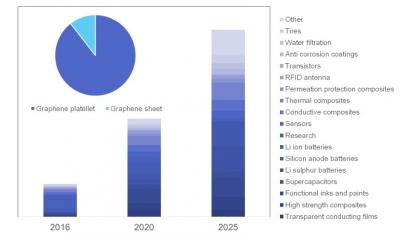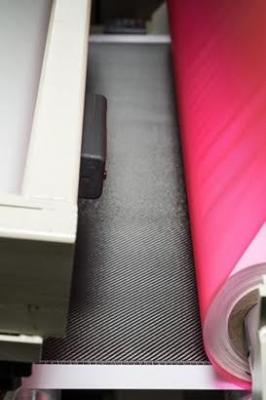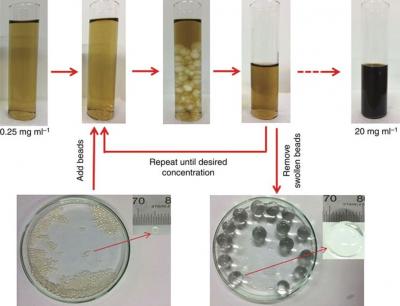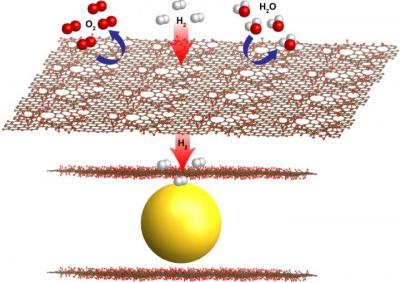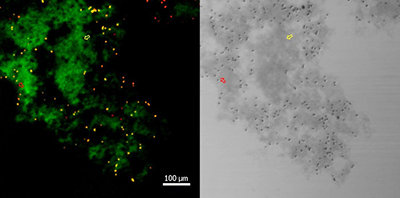U.S company to launch graphene-enhanced gloves in Q4 2016
Oros Apparel is a U.S-based company that manufactures thermal outerwear based on aerogel technology. The company is now developing gloves made from graphene-coated aerogels that keep body warmth inside the gloves and insulate from low outer temperatures. We spoke with them to get a better understanding of their graphene activity.

The company says that the graphene, with its high heat conductivity, is placed between the body and the aerogel, thus helping to trap the body heat inside. This yields better insulation than regular aerogels without graphene. In fact, the company states that it is only making gloves and not jackets or other garments as these would be too warm to wear.
